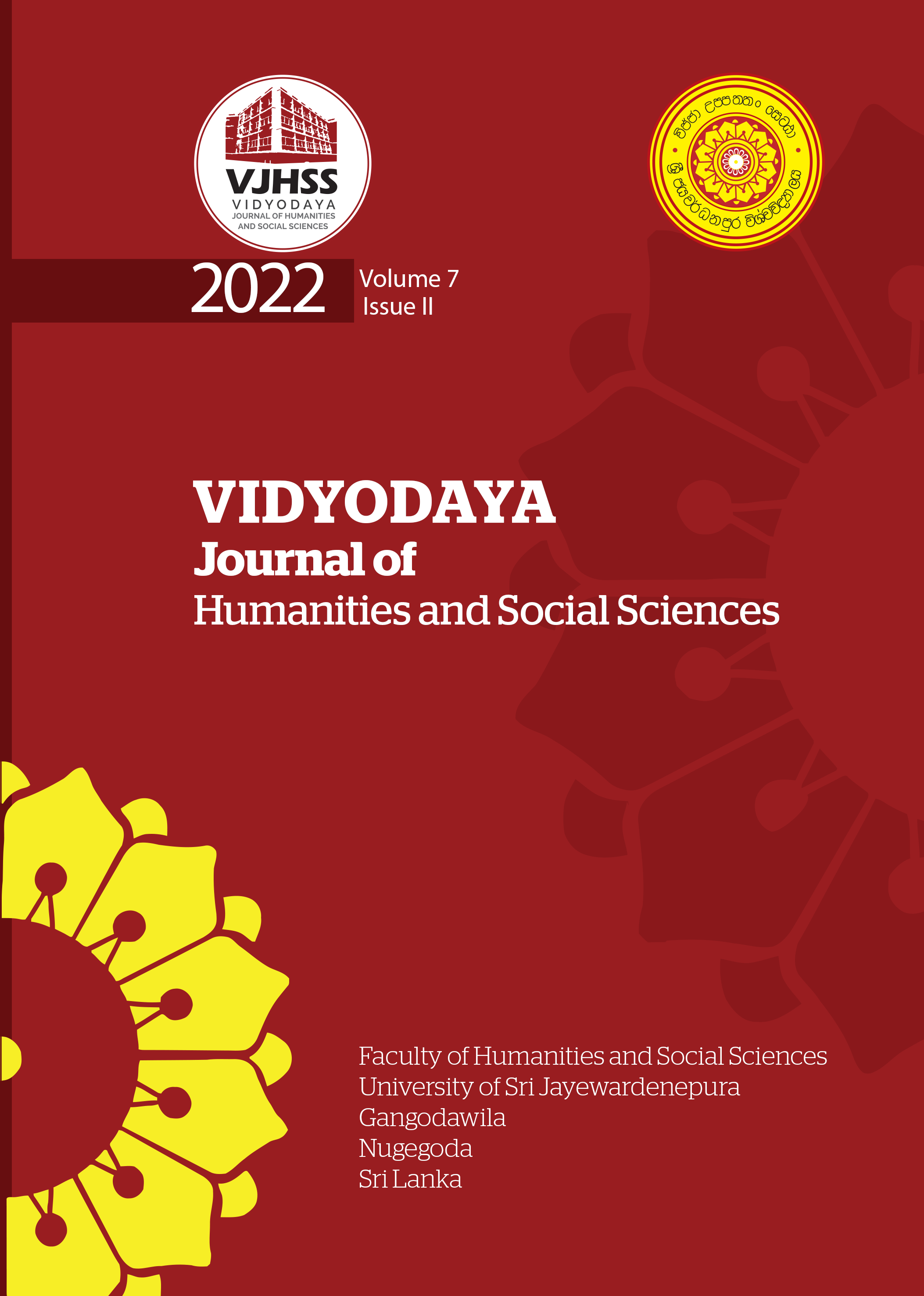A Study of the Tax System Associated with the Ancient Irrigation System and the use of the Proceeds for Temple Purposes Revealed by the Source of the Epigraphy
Abstract
This study is an epigraphy sourced inquiry into the taxation system associated with the ancient irrigation system of Sri Lanka and the use of that revenue for rural needs. Tank land is the most popular type of land that was donated for temples by royalty, nobles as well as common people. Its incomes have been used in an organized manner to fulfill the needs of the residents, to successfully fulfill religious functions, as well as for the restoration processes of the temple. The research problem here was whether the tank lands given for temples and their income were used for temple needs with proper management. The main objective of this study was to conduct a study on the tank lands offered for temples during the Rajarata kingdoms and their revenue management. To identify how Viharaya emerged as a property-owning organization, investigate the contribution and involvement of Bhikshu in the management of the revenue shares of a lake, investigate the legal provisions in the use of the revenue of the tank lands for temple needs, etc. was implemented as sub-objectives of this research. The research method used here is the historical research method. The conclusions of this research were reached by studying the data obtained in a comparative and analytical manner based on the information revealed by epigraphical sources, limiting to the Rajarata civilization stage. The conclusion reached here was that due to the taxes obtained from the tank lands made for the temples and those revenues were used with proper management to meet the needs of the residents, an orderly temple administration system had been built at the same time.



